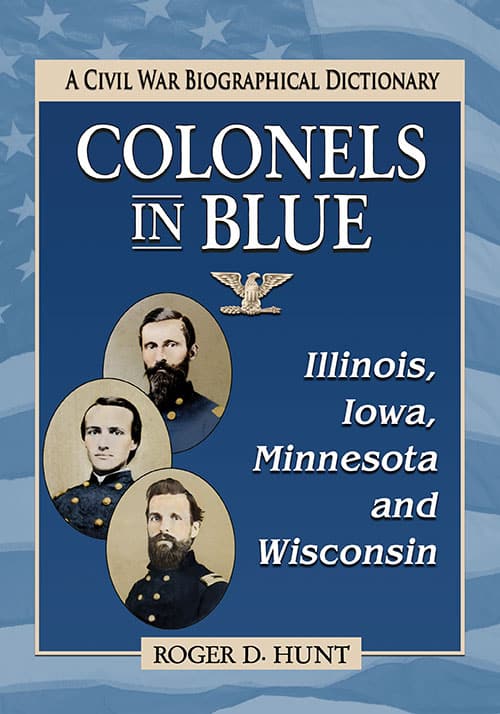
The fifth and final volume in the Colonels in Blue series, this book covers Civil War Union colonels who commanded regiments of the U.S. Colored Troops, the U.S. Regular Army, the U.S. Marine Corps and the U.S. Sharpshooters. Colonels who served as staff officers or with special units, such as the U.S. Veteran Volunteer Infantry, the U.S. Volunteer Infantry, the Veteran Reserve Corps and various organizations previously undocumented, are also included.
Brief biographical sketches cover each officer’s Civil War service, followed by pertinent details of their lives. Photographs are provided for most, many published for the first time. Rosters of the colonels in each category include those promoted to higher ranks whose lives are documented in other works.









